Services
We offer a wide variety of services for both residential and commercial clients, including but not limited to:
- Septic Service & Maintenance
- Portable Toilet Service
- Residential, Commercial, and Industrial Vac Truck Services
- Hydro Excavating & Jet/Vac Trucks
- Backflow Preventer Testing
- Commercial Waste Hauling
- Jetter Services/Drain and Tile Cleaning
Commercial Pumping
Owning a septic system is a very big investment, and one that is best cared for by preventative maintenance.
However, it’s out of sight and usually out of mind until it’s not working properly. We would be happy to answer any questions you might have and offer a management plan that will keep your system healthy for many years. Proper maintenance prolongs the life of your septic system. It’s our job to understand your system and we are only one call away!
Portable Toilets
We have over 300 portable restroom units that cover any need, from a construction site to a wedding reception, from a standard size to wheelchair accessible. Our service area currently covers much of Southern and Southwestern Minnesota.
Our units are cleaned from top to bottom prior and upon delivery to ensure the best possible experience in renting one of our units.
We can offer a wide array of service arrangements, ranging from daily, weekly, monthly and annual rental options with recurring service contracts.
We cover events from weddings to reunions, provide services for lake homes to deer hunting shacks and everything in between, as well as stationary, trailer mounted, and crane mount construction site units.
Portable hand wash stations and hand sanitizer stations are limited, but available.
Contact us today and let’s find an option that fits your needs!
Portable Toilet Rental Options
Our most popular unit
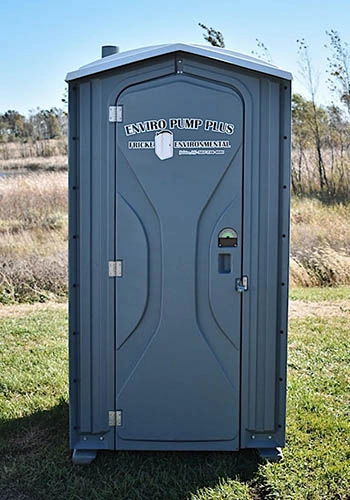
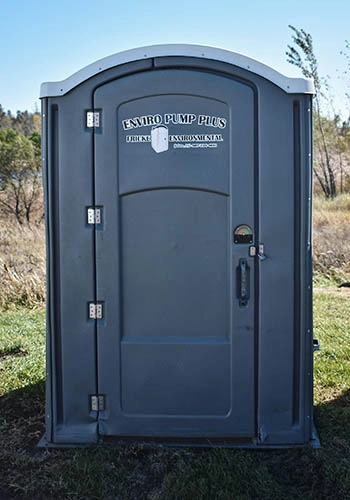
- Spacious interior and wide entrance for wheelchair users
- Sturdy support bars ensure safety and stability
- User-friendly design with easy-to-reach amenities

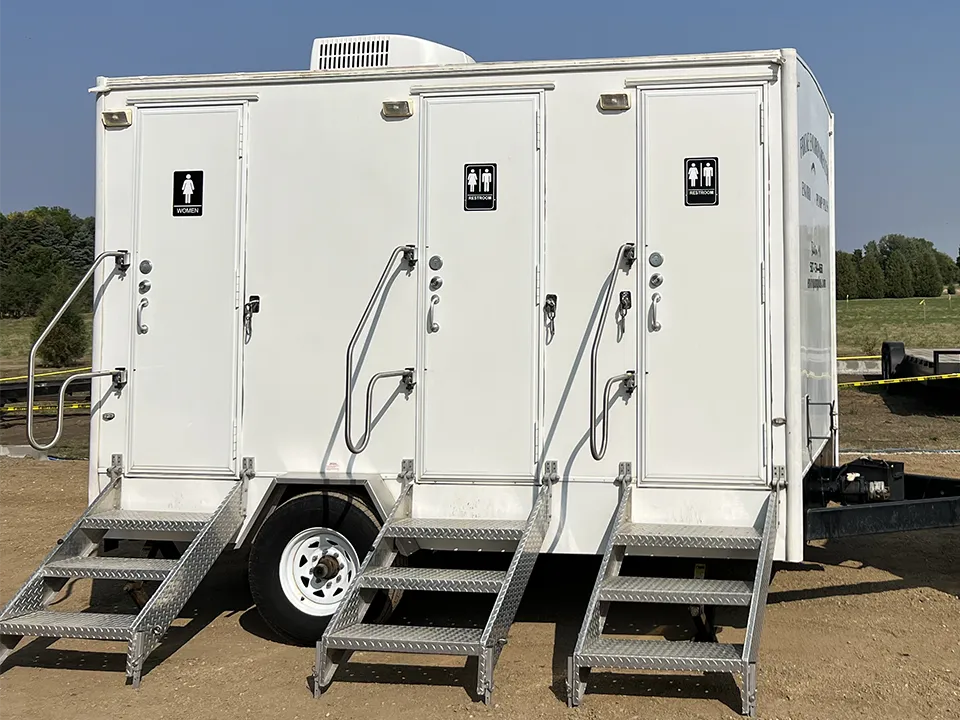
A standard sized unit that can be lifted by a crane
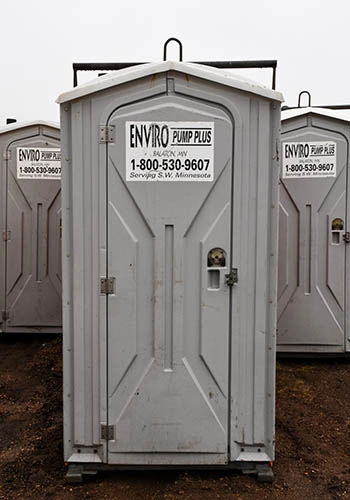
A standard sized unit on a trailer. Ideal for those who work construction and need to take their unit from job site to job site.
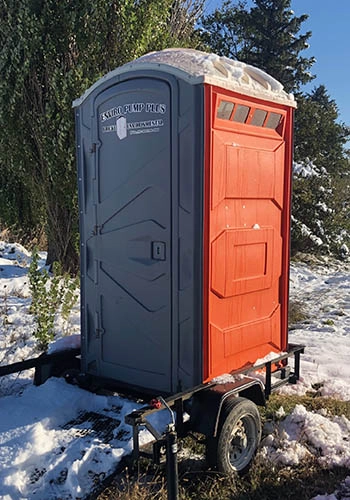
Meet the Trucks
We currently have three Vac Trucks, a Master Vac, and two trucks that run our portable toilet routes. These trucks aren’t just for septic systems – they can do a whole lot more. Our MasterVac deals with both wet and dry materials like scale pits and elevator boot pits. Our vac trucks also take care of a wide variety of jobs including car wash pits, flam traps, and grease traps. The nice thing about these trucks is that they can easily move liquids, sludge, and even semi solids like sand, ash, rocks, grain, and gravel.
You wouldn’t even believe some of the jobs that we’ve done. Have something to move and not sure of the easiest way to move it?
Give us a call and we will let you know if we can help!
